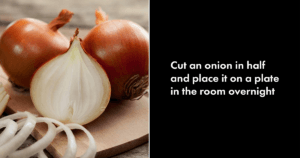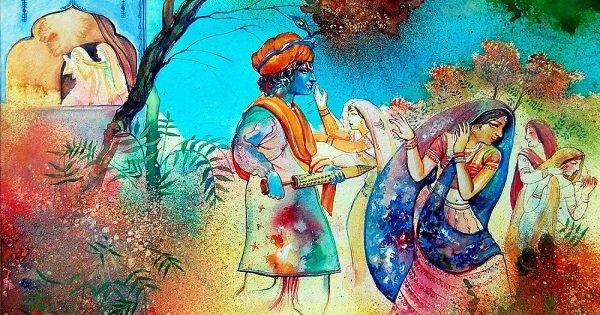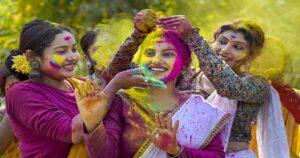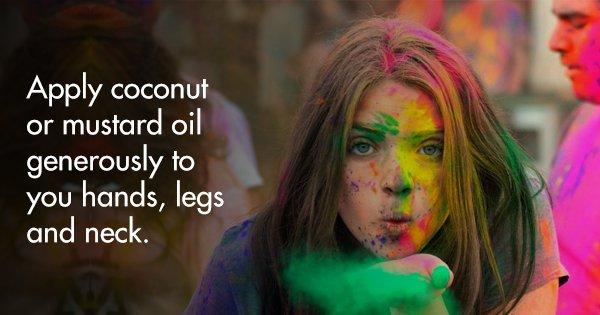Revered by some, villainized by many, but piquing everyone’s interest forever – that is Ravana for all the centuries that Ramayana has existed in Hindu mythology. One of the pivotal characters in the mythology is also one of the most talked about, discussed, debated and researched on a figure.
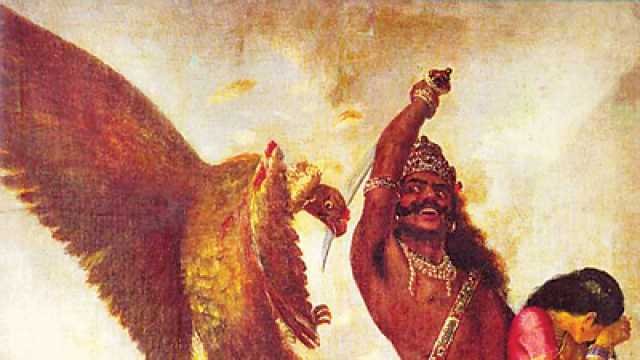
But among the many things wondered about Ravana, one question that is often asked is the how and why of Ravana’s ten heads.
No one has a concrete answer but like every other mythological story, there are a few interpretations.
One legend says that Ravana, who was a formidable devotee of Shiva, was in meditation to please the god by the bank of river Narmada. To show his devotion to the god, he cut his head as an offering to the shivlinga. Somehow, each time he cut his head, another grew in its place. He cut his head for Shiva all of ten times. Pleased with his devotion, Shiva blessed Ravana with ten heads.
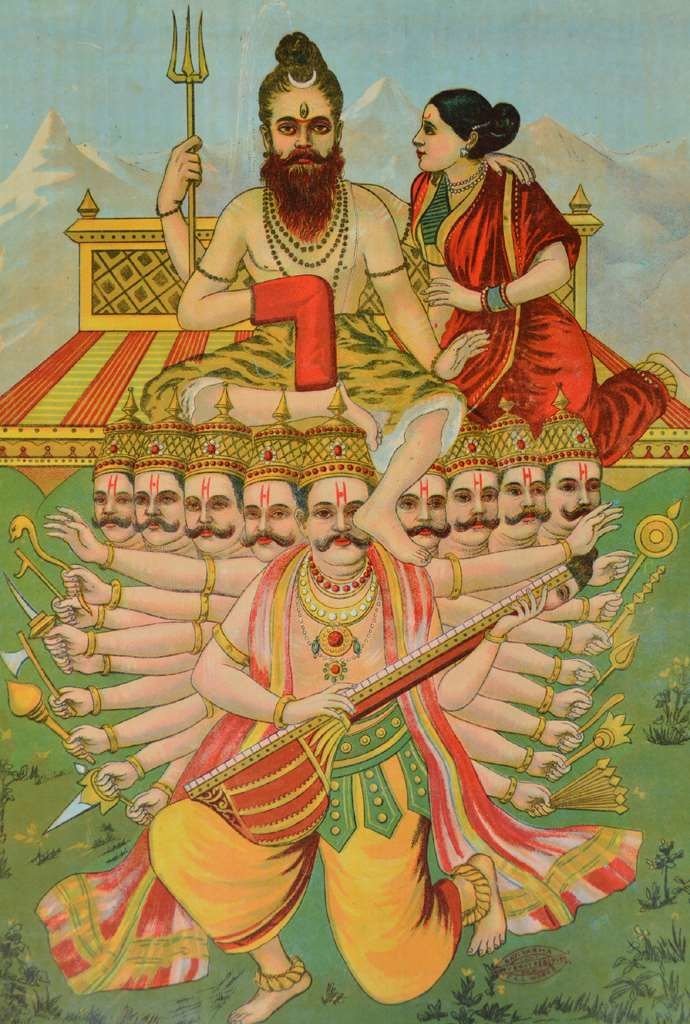
Another legend interprets the ten heads as symbols of the ten emotions of a human being; they are – kama (lust), krodha (anger), lobha (greed), moha (attachment), madha (arrogance), matsarya (jealousy), manas (mind), buddhi (intellect), chitta (consciousness) and ahamkara (ego).
Now, Ravana was advised by Mahabali to let go of these aspects that were considered “detrimental to being one with your being, and rising above the human boundaries.” But Ravana held a different ideology. He believed that he was a complete human being because of, and not without these human facets. Unapologetically himself, he accepted these emotions as a part and parcel of being a human. His ten heads then become a symbol of his humanity, his intellect, his knowledge, while his 20 hands were a symbol of his power.
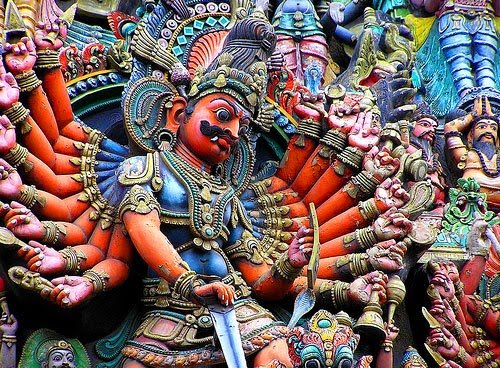
Learned, intelligent, and holding great prowess in the cultural arts and the art of war, Ravana was known to have mastered the four vedas and six shastras. Therefore, another explanation says that his ten heads represented the mastery over these ten scriptures in total.
Quite interesting, eh?




